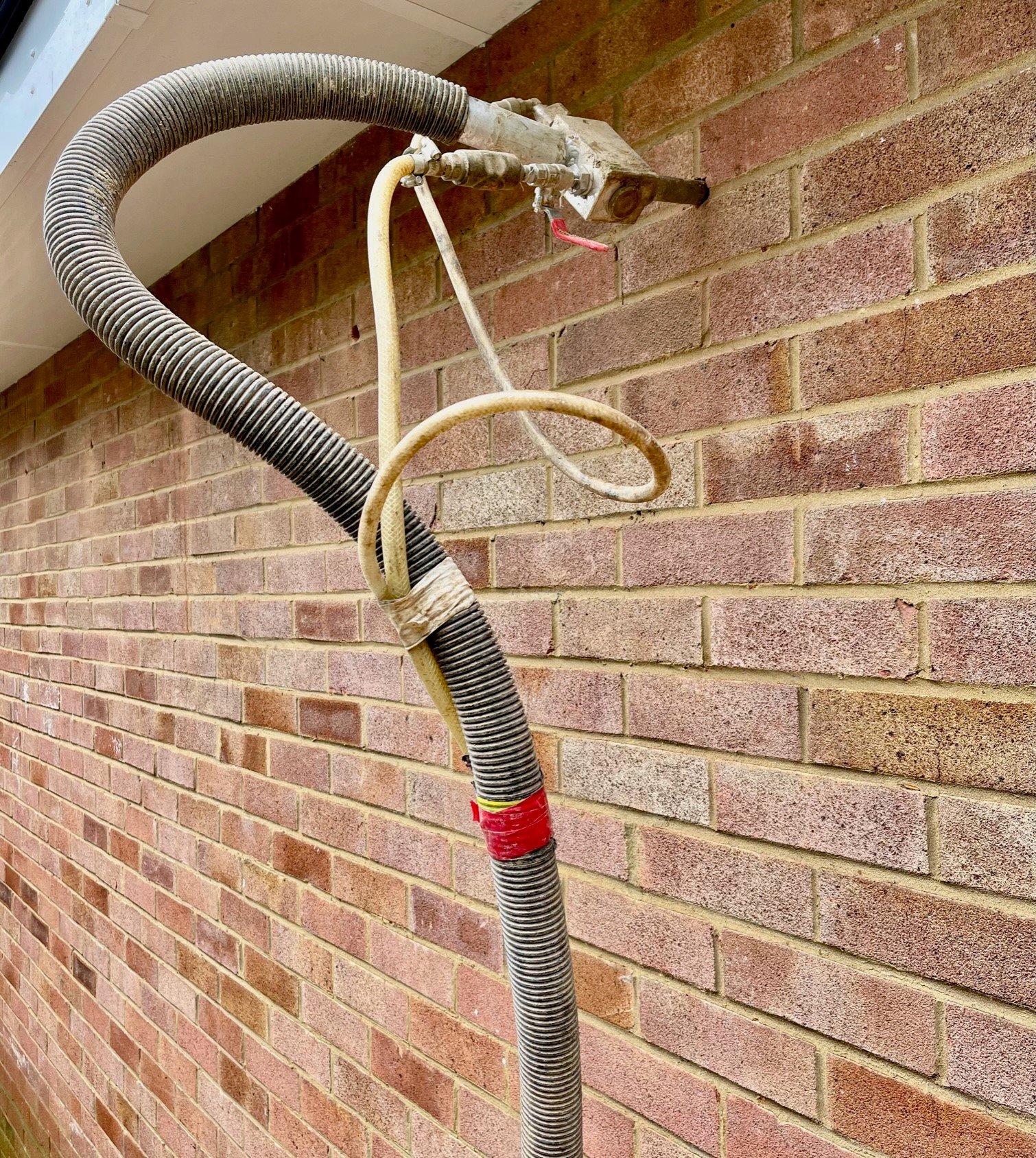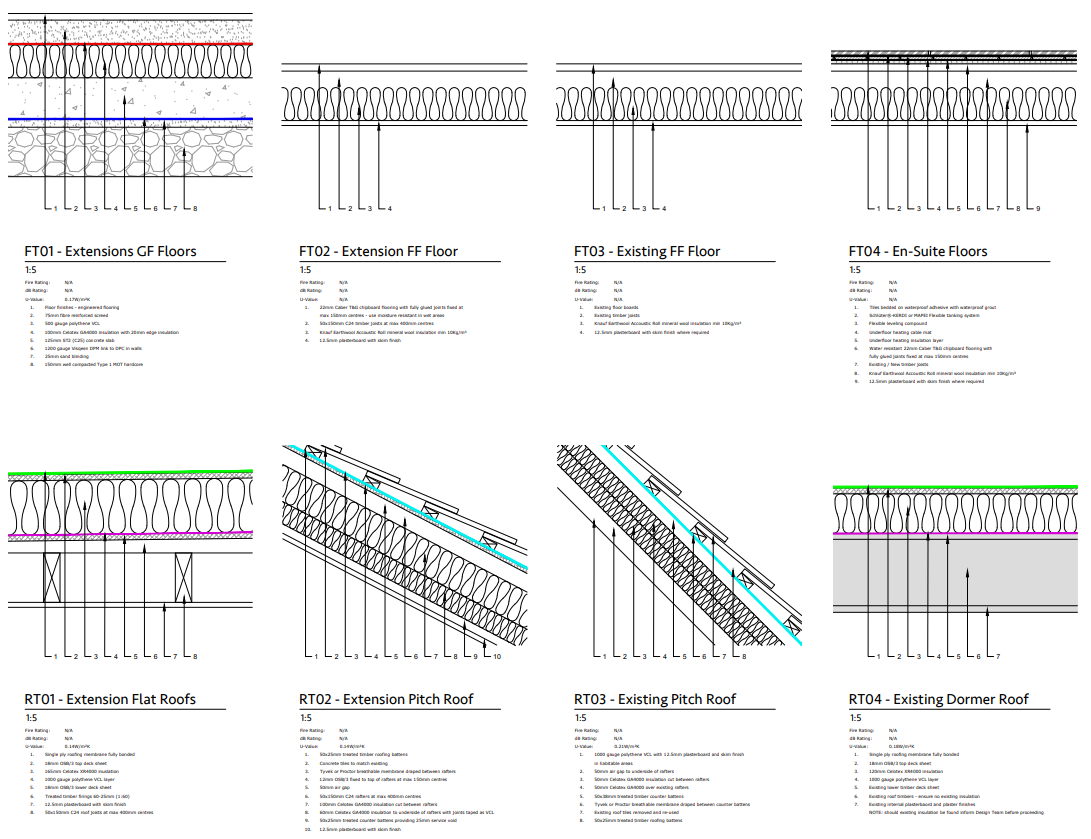Introduction:
The first consideration in our sustainability journey was mitigating heat loss. We collaborated closely with our architect to maximize insulation throughout the house, thereby enhancing thermal efficiency. With a blend of old and new structures, from floors and walls to ceilings and windows, our house called for a variety of insulation solutions. We were lucky that our house, built in the 1960s, had cavity walls and the main structures like the roof were suitable for renovation and substantial insulation.
Our Insulation Endeavor:
There are numerous different types of insulation to suit both scale and budget. Our project employed a mix of PIR insulation boards, fiberglass, blown foam beads, and double and triple-glazed windows and doors. We considered other options, but these materials proved to be the most cost-effective and suitable for our layout. While our finished home will boast high energy efficiency, it’s important to reflect on the environmental impact of the renovation process itself, a topic I will delve into in the final blog post.
Polyisocyanurate insulation boards (PIR) are rigid insulating materials derived from polyisocyanurate foam, a type of plastic renowned for its thermal properties. Flexible fiberglass rolls can adapt to varied spaces like roofs and smaller crevices. Blown plastic beads, coated with a reflective material to enhance insulation, are ideal for complex cavities.
Together with our architect, we strove to exceed the standard thermal properties for all components. UK building regulations provide a basic benchmark, but we aimed higher, drawing on best practices from abroad. Two significant decisions included re-roofing the house to accommodate extra roof insulation and installing underfloor heating which allowed for floor insulation. Both steps have dramatically increased our home’s heat retention capability.

Conclusion:
A critical initial step towards sustainability is boosting insulation to lower the overall energy demand. There are myriad ways to enhance a home’s thermal efficiency, from using draught excluders to filling cavity walls. However, a holistic approach combining multiple measures will ultimately prove most effective in reducing a home’s heating and cooling requirements. These foundational steps may not be the most glamorous parts of a project, but they are undoubtedly the most crucial. The UK boasts a diverse housing stock, and while we were fortunate to have a structurally suitable home for extensive insulation, options exist for all housing types, albeit at varying costs.
Fact: According to a 2019 report by the National Insulation Association (NIA), approximately a third of UK homes do not have adequate insulation, demonstrating the immense potential for increased energy efficiency across the country. In March 2023, the UK Government announced a more targeted support package of £1bn to help around 300,000 households with currently poor insulation and in lower council tax bands
LINK: You can read more about thoughts on how the regulator can support energy efficiency and insulation and a just transition in recent work by my team at CRA: What is the role of the regulator and utility in ensuring a just transition? | Articles | CRA (crai.com)

